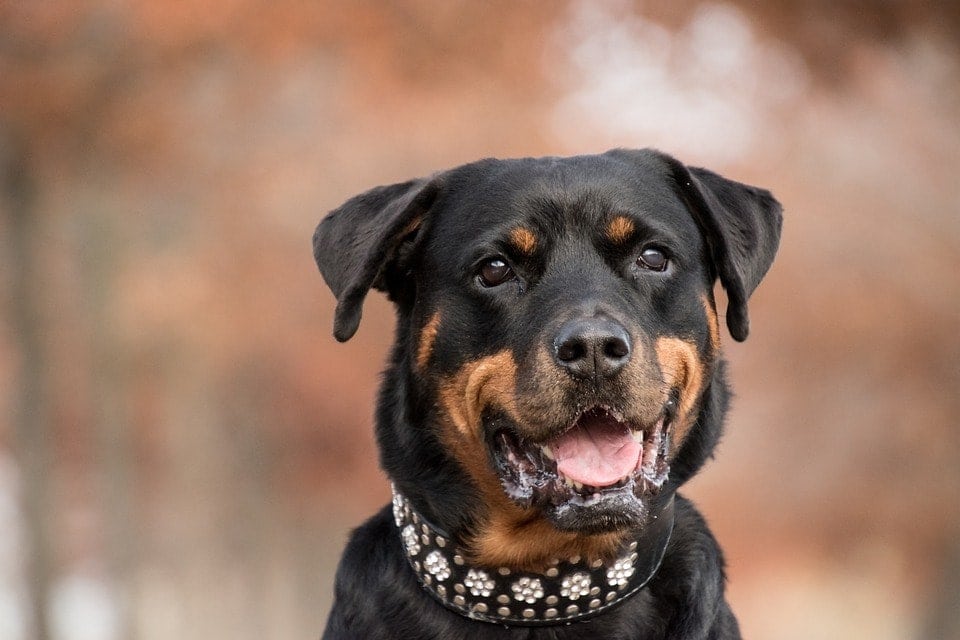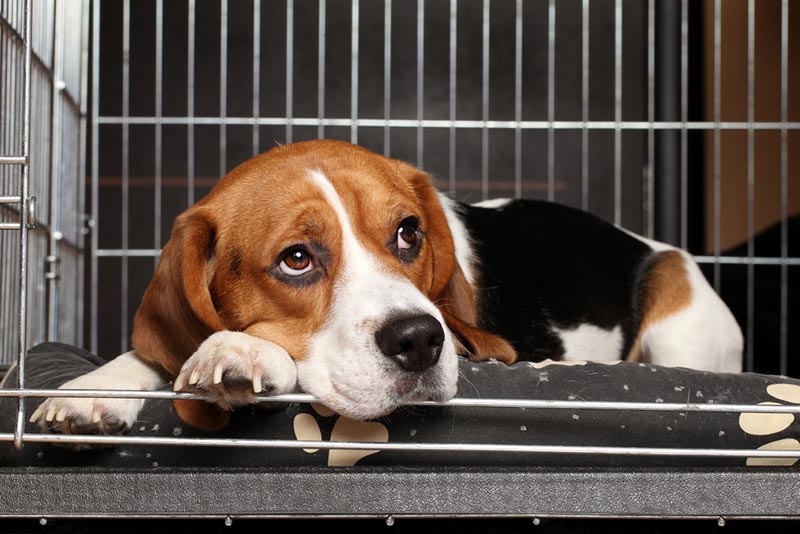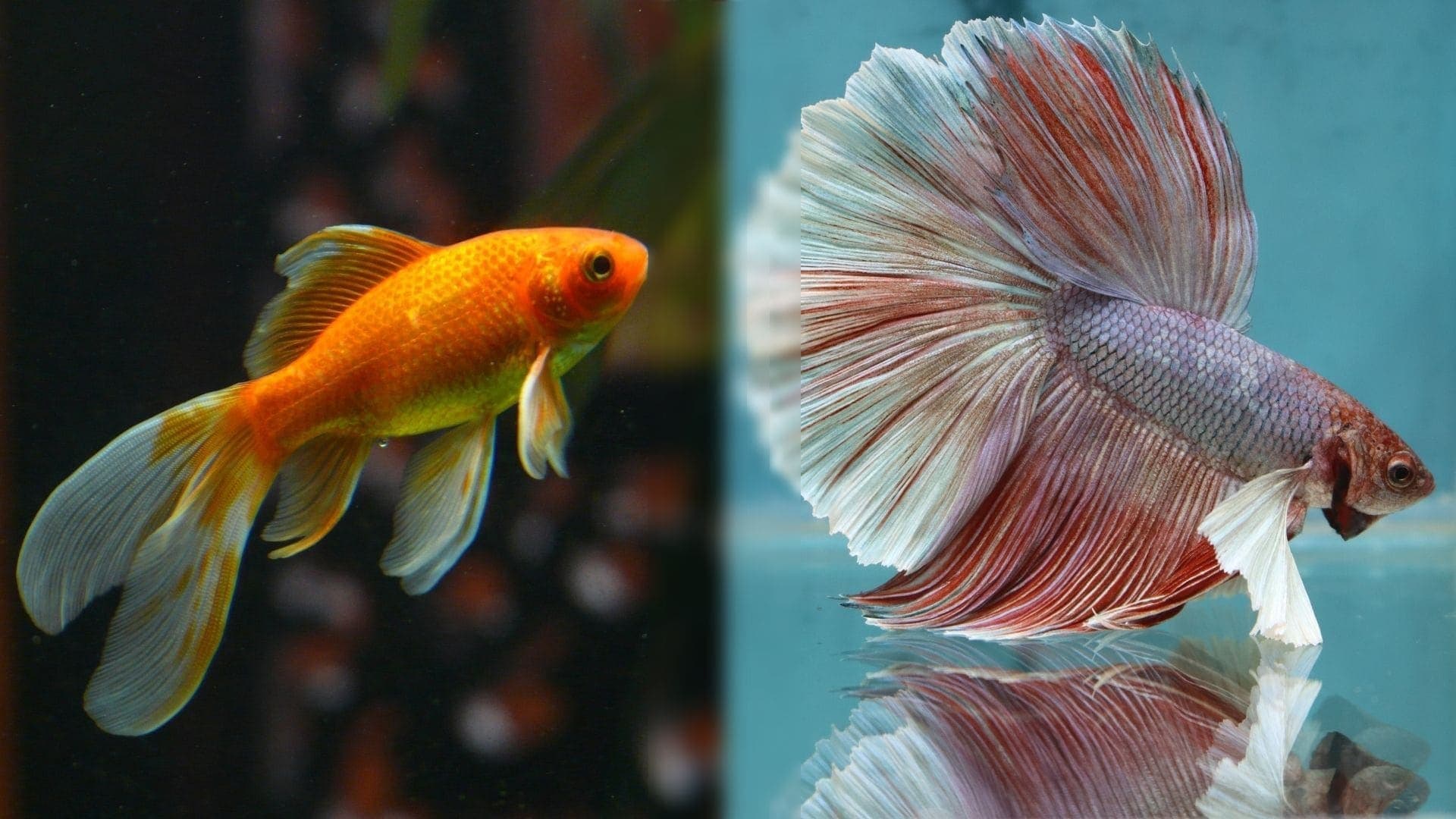Ant Bites on Dogs: Signs, Treatment & Prevention

Updated on
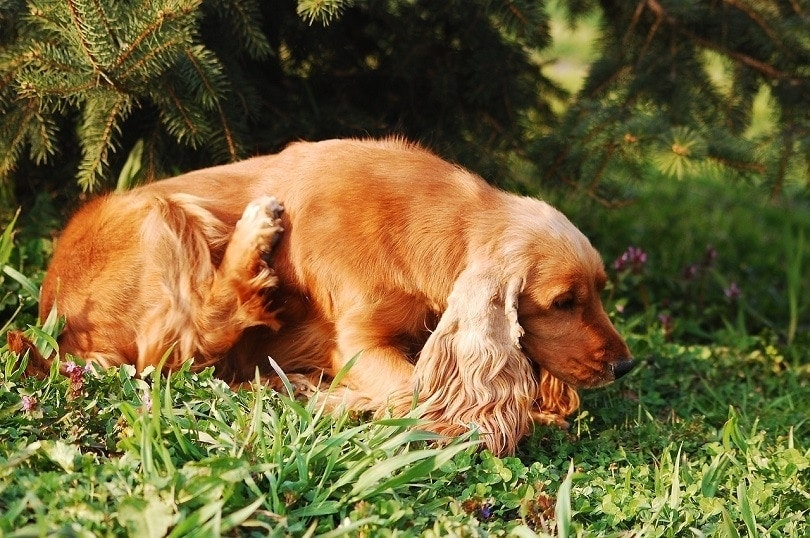
Dogs are amazing animals, but just like us and other pets, they are also vulnerable to insect bites. Ants are one of the most common enemies of dogs. They thrive outdoors but can also live indoors, and their bites can cause irritation and severe effects on your dog. Therefore, learning more about the ant bite’s signs, treatment, and prevention is handy. If you notice ant bites on your dog, wash the wounds, watch your dog for symptoms, and contact your veterinarian.
However, some ants aren’t dangerous to your dog, and identifying the hazardous species in your area will help you determine if your dog needs to see your veterinarian.
Which Type of Ants Are Dangerous for Dogs?
There are many species in the ant family, but most in the United States are harmless to dogs. However, you should be wary of the following species around your home, especially if you own a canine.
Fire Ants
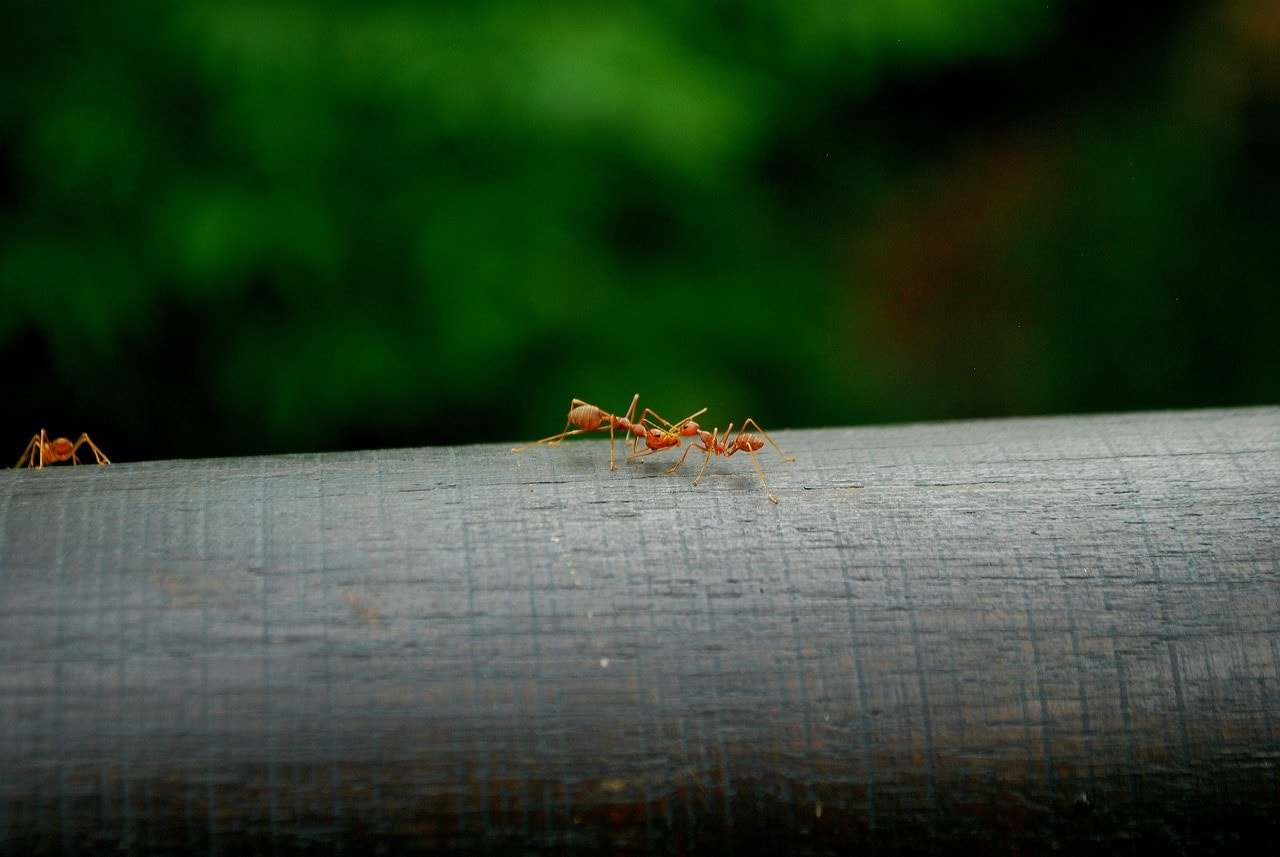
Fire ants originated in South America and are identified by their copper brown (Solenopsis invicta) or black color (Solenopsis richteri) stinger. They can be found primarily in the southeastern states of the US and Central and South America. A fire ant colony consists of over a thousand workers, and each worker is only around a quarter-inch in length.
Fire ants are dangerous because they produce venom that causes an intense burning sensation once they bite. To date, anaphylaxis reactions have been reported in humans but not in pets.1 Fire ant venom is made of 95% water-insoluble alkaloids.
When the fire ant stings, it does so with its mandible, which locks onto its prey. It arches its body and then injects venom through the stinger located on the abdomen. On average, the fire ant stings its victim seven or eight times until the venom gland is empty. It rotates its body, which results in a circular pattern at the bite site.
Carpenter Ants
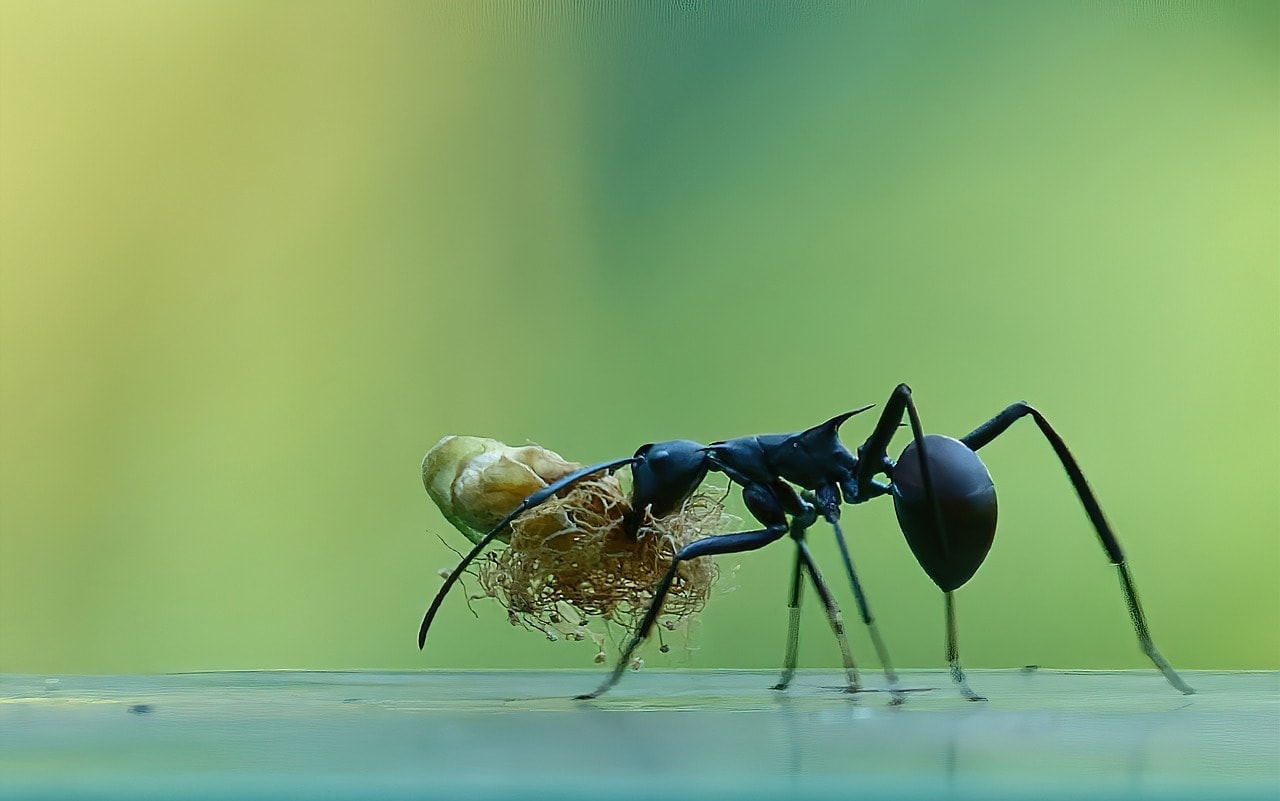
If you live in a wooden home, you may have encountered a carpenter ant. Carpenter ants are black and chew on wooden items. They rarely bite unless they feel threatened. However, when they do, they cause severe pain and irritation in your dog.
The 7 Signs of Ant Bites on Dogs
You cannot treat a bite if you are unsure of its cause or origin. If an ant has bitten your dog, you will notice the following signs:
1. Shaking and flicking of the leg
Since dogs are often on their feet, the ants are more likely to attack their legs. Therefore, you will notice your puppy holding up their leg, and they’ll keep shaking and flicking it.
2. Constant licking and scratching a body part
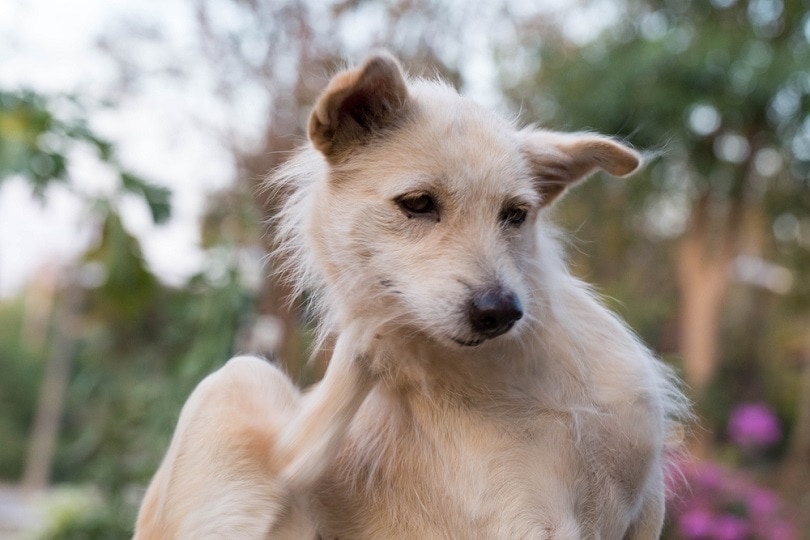
Ants do not only attack the legs. They climb up the body and can attack anywhere. The face is a critical site, including the eyelids, eye surface, and nose or muzzle area.
An ant bite causes discomfort to the bitten area. The dog responds by constantly licking, scratching, and chewing the affected area to shake off the pain. You may also see them rubbing or pawing at their face.
3. Sores
As earlier established, fire ants are dangerous to dogs. Therefore, if they attack your dog, you may notice a red, raised bump or a whitish to yellow fluid-filled pustule. The skin around the lesions may also look red and inflamed.
4. Anaphylactic reaction
Anaphylaxis refers to a life-threatening allergic reaction in your dog. Different species cause different reactions when they bite a pet. Anaphylactic shock caused by fire ant stings has occurred in people and could possibly occur in pets.
However, this has not yet been reported. For instance, if your dog is allergic, a bite from a fire ant could trigger an anaphylactic reaction. If that happens, you will notice vomiting, weakness, respiratory difficulties, pale gums, and collapse, among other signs.
5. Difficulties in breathing
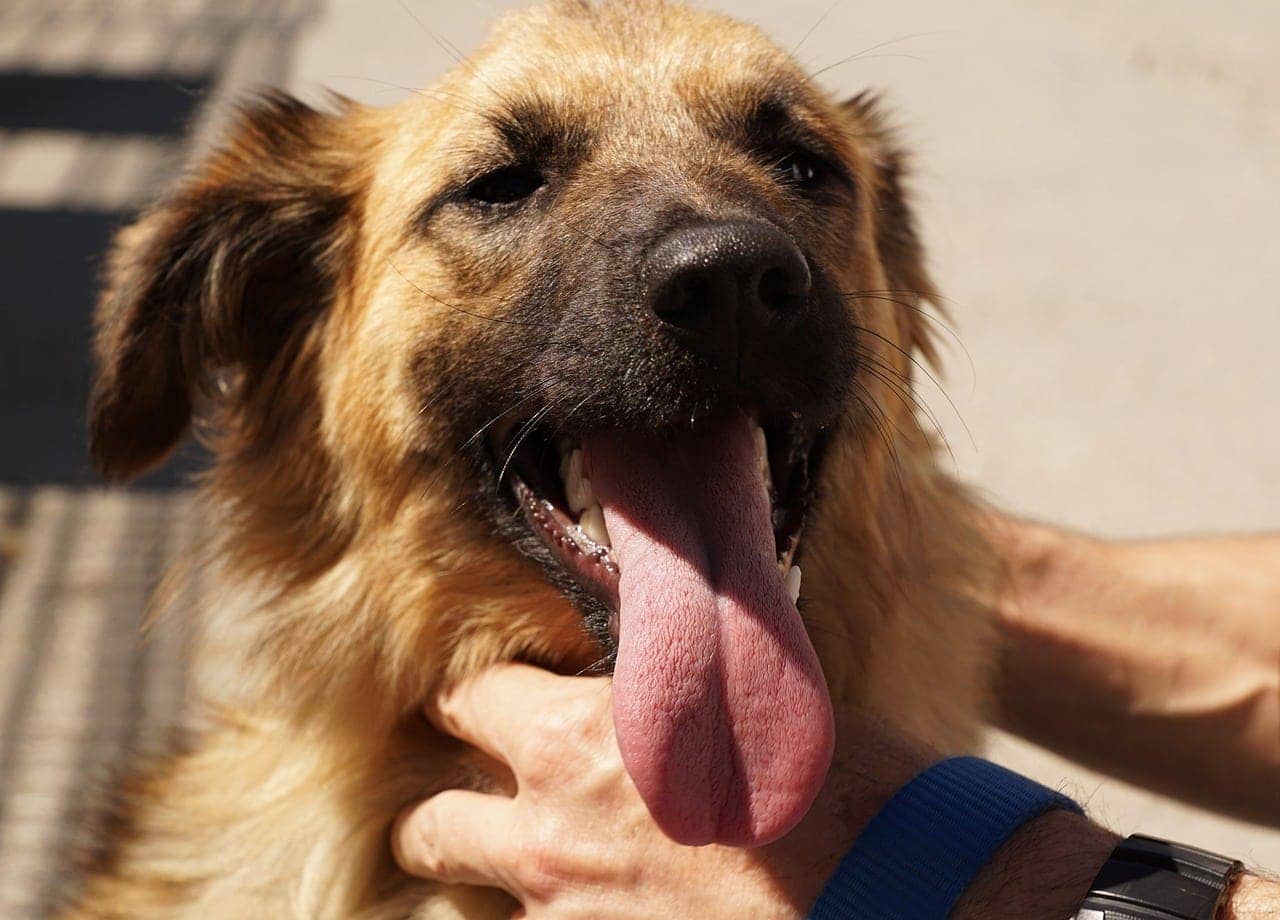
The fire ant venom could cause swelling of your dog’s muzzle and jaw area. If the airway is involved, your dog could develop difficulties in breathing.
6. Impaired mobility
Dogs are naturally active. You may be used to your dog jumping around in your house and backyard. Therefore, once you notice that your pup is experiencing difficulties moving around, chances are that an ant, probably a fire ant, has bitten them.
7. Pain and swelling
If you notice swelling and constant whimpering, yelping, and growling, your dog could be in pain from an ant bite.
How To Treat Ant Bites On Dogs

Once you notice the previous signs and determine that it is an ant bite, the next course of action is treatment. If you are not sure how to proceed, the following is a step-by-step guide on how to treat ant bites on dogs.
Stop the attack
Ants move in groups, so your puppy is likely to be attacked by more than one ant. The first thing you should do is stop the attack, which involves taking your dog to a secure area.
Due to a large number of ants attacking your pet, you may be tempted to bathe your pet to drown them. However, this will make the ants feel threatened, and they will bite even more. So, once you realize that the ants have spread to other parts of the dog’s body, you should brush off their fur to get rid of the ants or pick the remaining ones off your dog.
Remember to be gentle while doing this to avoid causing more injuries. Additionally, as you stop the attack, you should wear protective gloves to avoid transferring the ant attack to yourself.
Tend to the wounds
Once you are sure that you have eliminated all the ants from your puppy’s body, the next step is to tend to the wounds. This can be done by washing the wounds with an antibacterial soap to kill germs.
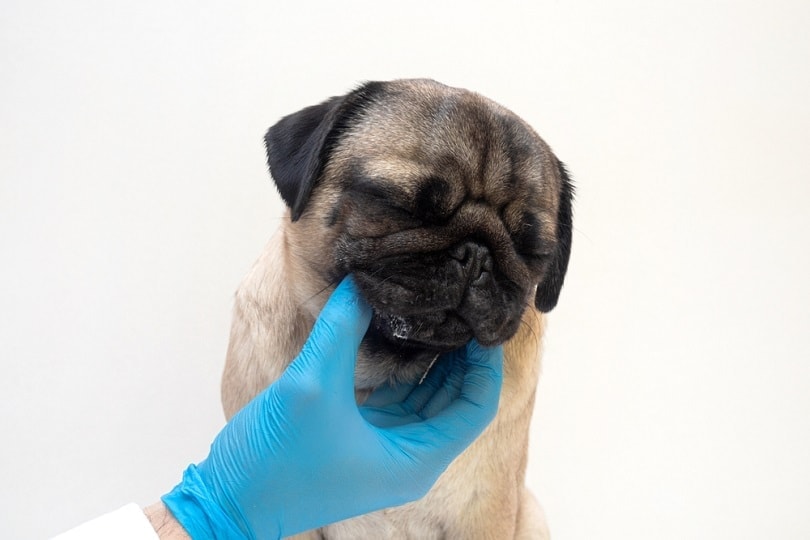
You can then gently apply a cold compress to the area of the redness or swelling to reduce inflammation.
Keep an eye on the dog
After performing the above first aid on your dog, you should keep monitoring them in case they develop swelling in the face, eyelids, or muzzle. Check your dog’s breathing and general behavior. It’s not unusual for some signs, such as allergic reactions, to take longer to develop.
Visit a vet
Your pet’s good health should be your top priority. Contact your veterinarian for advice if an insect has bitten your dog. While monitoring your dog, if you notice that they are itching, in pain, have impaired mobility, breathing difficulty, or are vomiting, among other signs, you should seek medical assistance immediately.
Visit a veterinary doctor who can help observe your dog, make an informed diagnosis, and recommend the best treatment to save your pup’s life.
How To Prevent Ant Bites On Your Dog

Better safe than sorry. Therefore, to avoid the struggle of treating your dog for ant bites and exposing them to pain and life-threatening conditions, you should learn how to protect your dog from ant bites.
The following are the various ways of preventing ants from attacking your dog.
1. Protect Your Yard
You want your dog to be able to run around in your backyard. To keep them safe, treat the anthills in your yard with a pesticide and contact a pest control professional if you have a severe infestation.
2. Keep your dog indoors

To minimize the chances of your dog encountering a colony of ants while outside, keep them on a leash during walks and hikes in areas where ants are common (especially areas with fire ant mounds). During the summer, fire ants produce the largest amount of venom; therefore, the stings are more painful. For that reason, you should be extra careful during the summer months.
3. Store Food Properly
Ants are constantly searching for food. In your home, you should ensure that you keep your food in tightly closed containers. Also, ensure you eliminate crumbs on the floors, cabinets, and surfaces your dog frequents. By doing so, you minimize the ants’ chances of having access inside your home and attacking your pet.
Summary
Ant bites can be dangerous for your dog since they can result in severe conditions such as anaphylactic reactions. Always prioritize your pup’s safety when walking outdoors, where ant mounds are prevalent.
Follow these tips to identify ant bites on your dog and learn how to treat an ant bite. More importantly, familiarize yourself with how to protect your dog from ant attacks.
See also:
- My Dog Coughs After Drinking Water – Is This a Bad Thing?
- Dog Won’t Lay Down? Here’s What It Means and What to Do
Featured Image: Katrina_S, Pixabay




